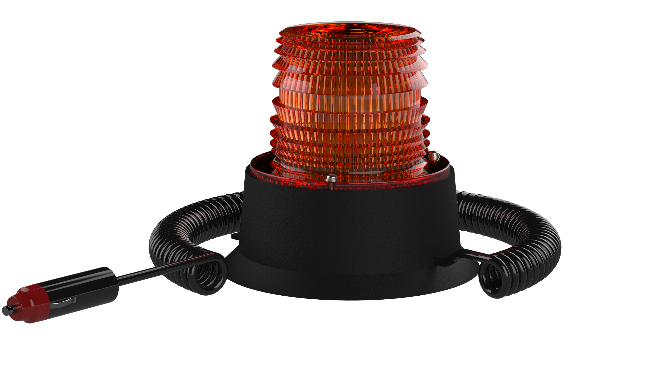
Today, you can see warning lights even at a distance as you drive in the streets. These illuminating devices allow you to expect the right circumstance of what lies ahead and react appropriately based on those expectations. For this reason, warning lights are continually enhanced to provide better results. Aside from providing greater awareness for drivers, they also help to protect pedestrians and other road takers by preventing accidents.
Below is a quick history of warning signals along with how they have improved throughout the years. The evolution of this illuminating device will give you some insight into why we need better and stronger warning lights as time pass by.
Warning Lights In The Year 1900s To 1960s
In the year 1930s, red warning lights were introduced to the public. They were positioned on the roofs of patrol cars, so that people would notice the police and pull over. Afterward, this practice has improved with the launch of rotating gumball light during the late 1940s. In the year 1960s, it has succeeded mainly by horizontal bars.
Warning Lights Today
Nowadays, you can see warning lights almost anywhere. These illuminating devices are usually installed on all vehicle types, including fire, police, utilities, construction, and many more.
The warning lights that are present today exceed the ones that existed in the past. Blue and red warning lights signify police vehicles, green warning lights are usually used as a marine and command vehicle lighting. On the other hand, white and red are intended for fire emergency vehicles, and amber or yellow warning lights are mostly used for Gas trucks, Lineman trucks, and other stationary or slow-moving cars.
Over the years, the functionality and visibility of warning lights have become more sophisticated. As a result, these illuminating devices provide better safety precautions for all road takers.
Aside from the varying colours of vehicle lighting, the way it behaves has also changed. Continuous improvements are being made to vehicle lighting, to capture attention during different kinds of settings and situations more effectively.
For example, it is said that researchers are considering more strobe patterns, placements, and colours that may work better when it comes to alerting drivers on the road. For this reason, it is expected that we will see more colours of warning lights in the future other than red, yellow, white, green, and blue.
Also, warning lights now come with different mechanisms, such as flashing and rotating. Imagine how different they are now in comparison with the ones used by the police in the past? From coloured police helmet to powerful flashing or rotating coloured warning lights. The evolution of this illuminating device only shows that technology will always find a way to be better.
Final Say
To summarise, warning lights have changed throughout the years. And all its changes aim to provide better visibility and efficiency in terms of providing a strong warning message to a spectrum of road takers. While the first job of a warning light is to let the public know that police or authorized vehicles are entering the scene, its evolution also improved its usage. Today, warning lights are visible even at a great distance, preventing collision for many different vehicles, including ships, boats, planes, buildings, and so much more.